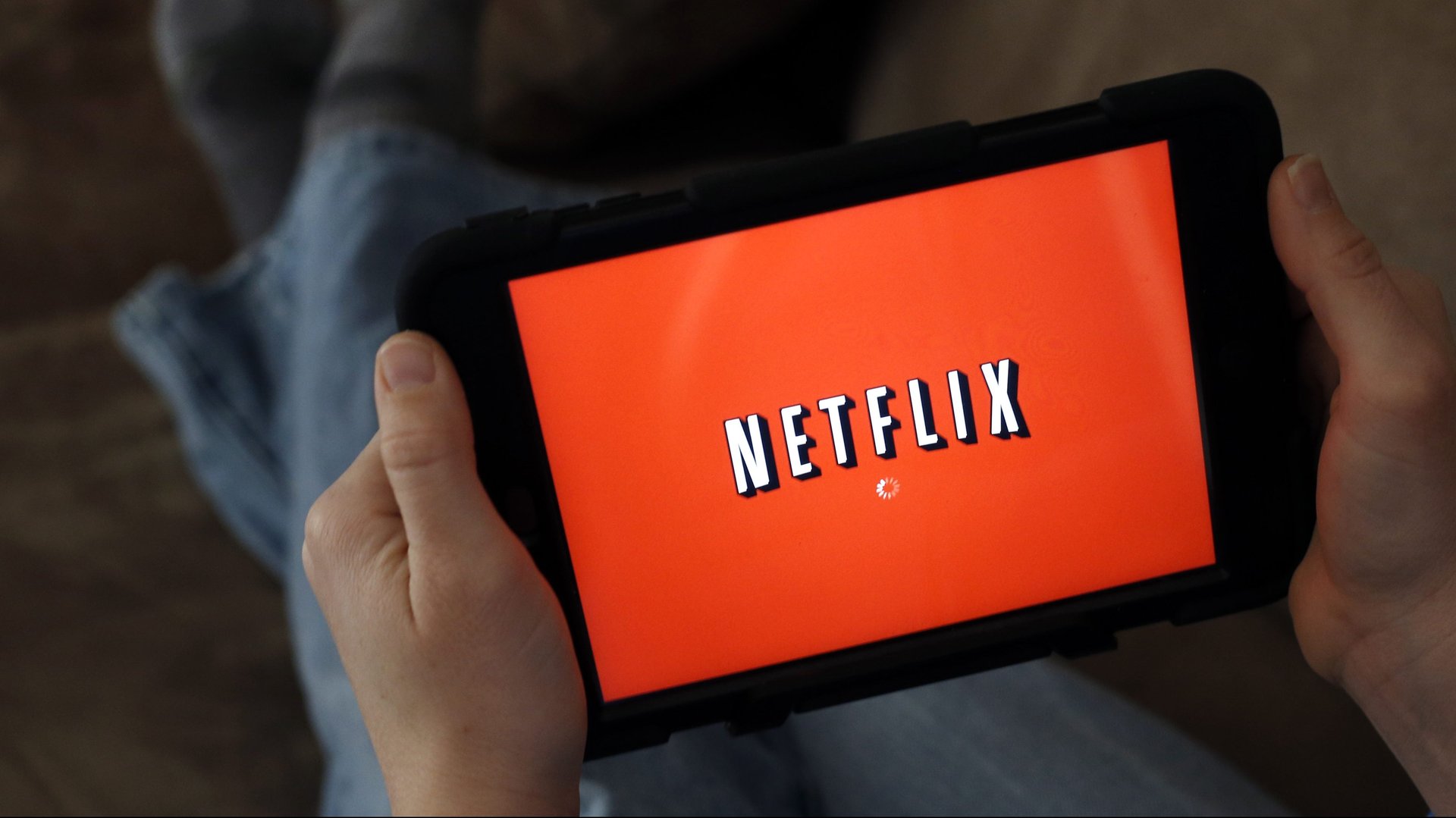Netflix is far outpacing Hollywood in hiring female directors
Though they were snubbed by the Golden Globes this year, female directors are becoming more commonplace in Hollywood, thanks in large part to Netflix.


Though they were snubbed by the Golden Globes this year, female directors are becoming more commonplace in Hollywood, thanks in large part to Netflix.
The streaming giant, which also got slighted at the Jan. 5 awards show—its big-budget feature The Irishman, directed by Martin Scorsese, went home without a single statue— had women helming 20% of its 53 original US films last year, according to the Annenberg Inclusive Initiative at the University of South California, which tracks Hollywood’s diversity statistics. That was nearly double the 10.6% rate of representation for women directors across the 100 top-grossing US films of 2019. (The Netflix number excludes documentaries, non-English films, and international Netflix originals.)
In recent years, Netflix has been focused on hiring a more diverse workforce overall, in large part to reflect its increasingly diverse audience. In addition, the streaming service, which continues to spend large, has been more willing than the entrenched studios to take risks on movies that may not necessarily be blockbusters.
“Netflix’s value for inclusion is reflected in their 2019 slate,” said Stacy L. Smith, founder of the initiative and an associate professor of communication at USC. “Legacy studios must recognize that the world and the talent pipeline look vastly different from their hiring practices and act to reflect that reality.”
Arguably, they already have. While the share of female directors of top films from 2007 to 2019 is a paltry 4.8%, the figure for 2019 was the highest percentage in more than a decade. “One notable reason for this jump in 2019 was that Universal Pictures had five films with women directors at the helm in the top 100 movies,” Smith said. “Yet there is still much more progress needed to reach parity for women behind the camera.”
That’s especially the case for women of color, who directed four of the past year’s top 100-grossing films—a record number, but off of a very low base. “Less than 1% of all directors across 13 years were women of color,” said Smith. “While 2019 is a banner year for women, we will not be able to say there is true change until all women have access and opportunity to work at this level.”